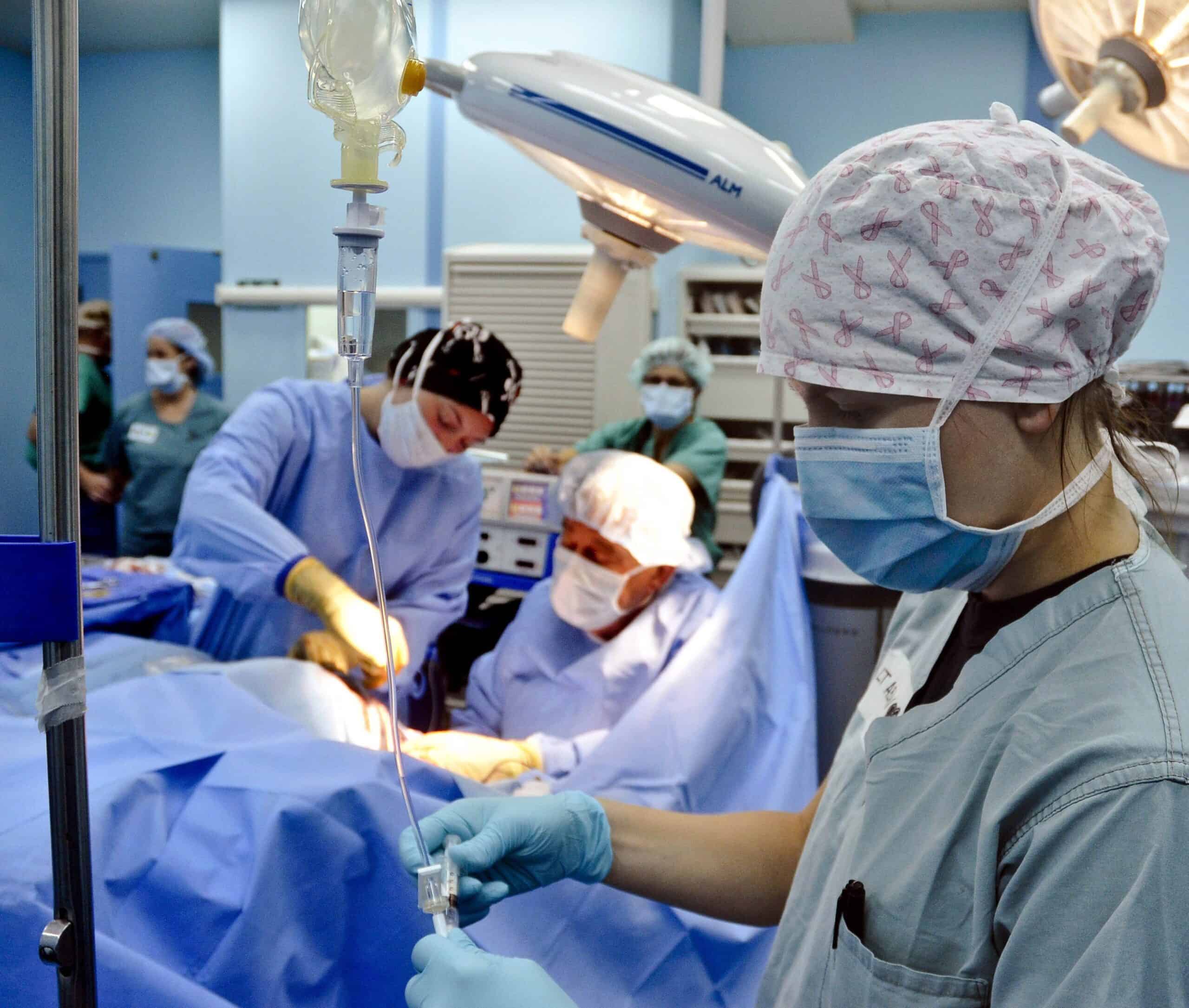A “Black Box” for the Operating Room

What is a “Black Box”
Probably everyone knows what a “black box” is. It is the orange boxes that collect flight data and voice communications so that aviation accident investigators can better learn from commercial airline crashes and improve aviation safety.
You may have also read our articles suggesting black boxes for other industries.
Black boxes for surgical operating rooms are now being developed and tested in hospitals.
Tests and Results
The Anals of Surgery reported these results on a trial of 132 minimally invasive surgeries:
Auditory distractions occurred a median of 138 times per case [interquartile range (IQR) 96–190]. At least 1 cognitive distraction appeared in 84 cases (64%). Medians of 20 errors (IQR 14–36) and 8 events (IQR 4–12) were identified per case. Both errors and events occurred often in dissection and reconstruction phases of operation. Technical skills of residents were lower than those of the attending surgeon (P = 0.015).
The authors’ conclusions were that:
During elective laparoscopic operations, frequent intraoperative errors and events, variation in surgeons’ technical skills, and a high amount of environmental distractions were identified using the OR Black Box.
That seems like a very interesting conclusion.
Here is a video about one test at Stanford of one system…
And here is another report from NBC…
Will Black Boxes Be Adopted Across the Healthcare Industry
Black boxes weren’t adopted voluntarily in commercial aviation. There was a negotiation with the pilots’ union and finally a requirement by the FAA.
What will it take to adopt this technology across the healthcare industry? Probably state or federal regulation.
And will plaintiffs have access to the data for malpractice suites? That too will have to be addressed by the regulations.
Would the technology help improve surgical practice in the USA? I would say definitely just from the limited results we already have seen.
Imagine the improvements in root cause analysis of hospital errors that could be achieved if this technology was available.



